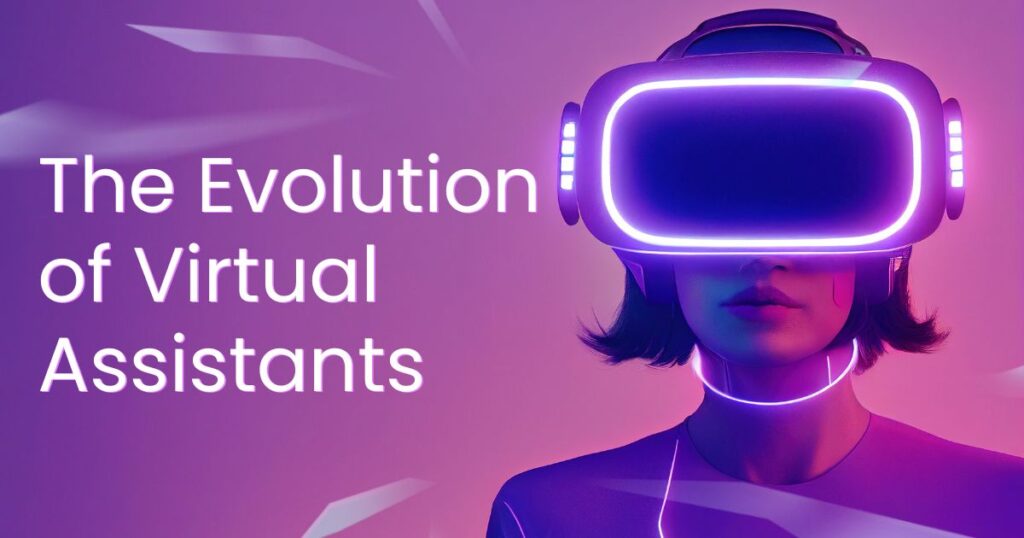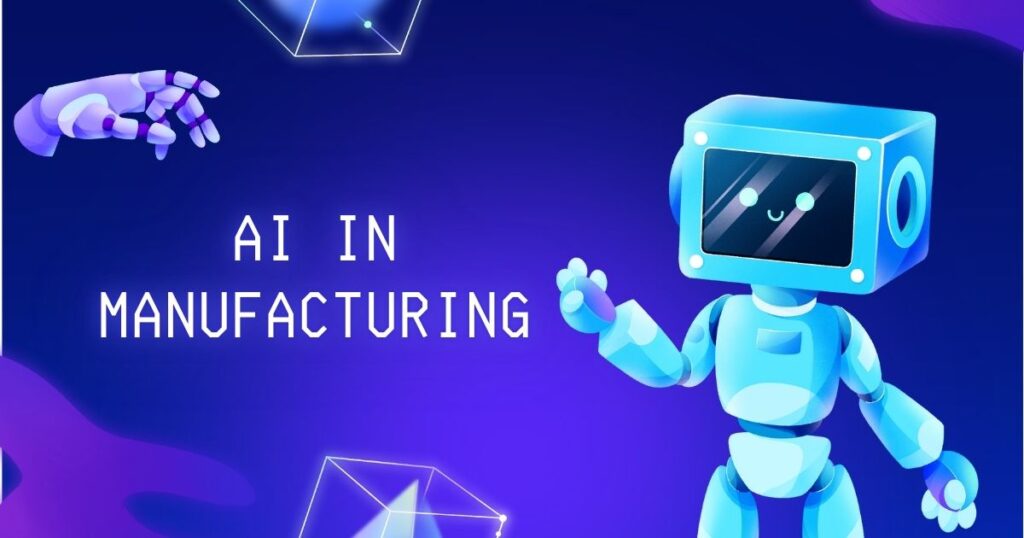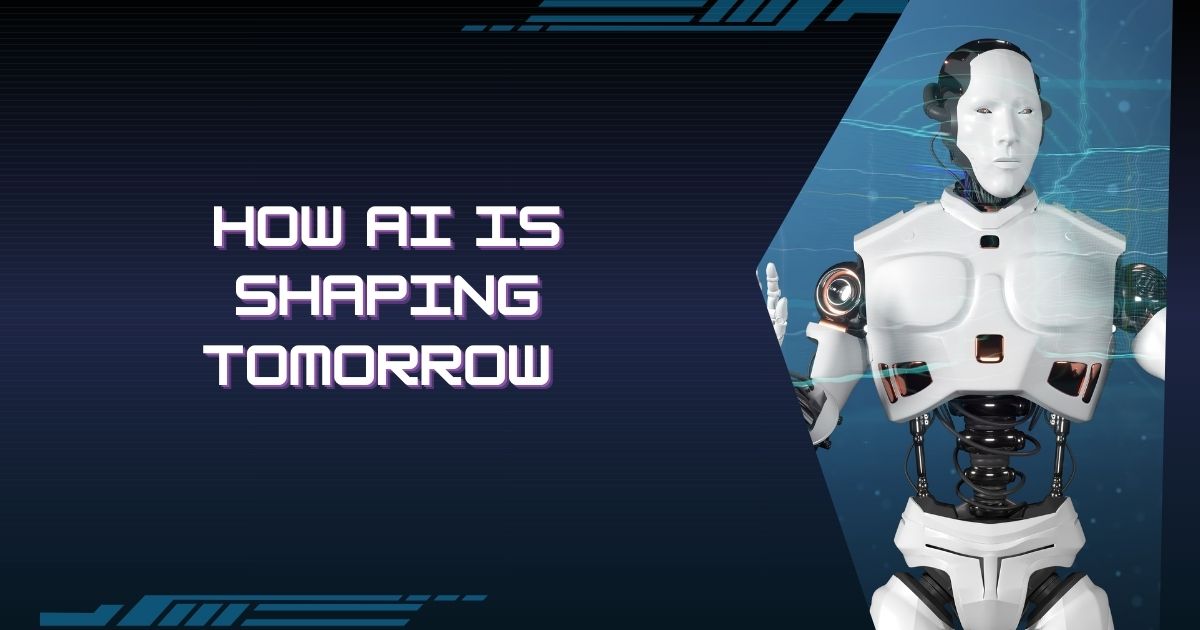Artificial Intelligence (AI) is no longer a futuristic concept reserved for science fiction. It’s here today, shaping industries, transforming daily life, and altering the way we interact with technology. From the subtle algorithms that curate your social media feed to the autonomous vehicles of tomorrow, AI is crafting the future.
This blog post explores how AI is shaping tomorrow, its impact across various sectors. We’ll look at the rapid growth of generative AI, discuss the shift from fiction to reality, and examine how industries like healthcare, law, and transportation are being transformed.
Generative AI and Language Models: Crafting the Future of Communication
Generative AI refers to algorithms that can generate new content, from writing human-like text to creating realistic images or music. Large language models (LLMs) like GPT (Generative Pre-trained Transformer) are prime examples. These AI systems understand and produce human language, powering everything from chatbots to content creation tools.
Real-World Applications
- Content Creation: Tools like ChatGPT and Jasper help writers create blog posts, emails, and marketing copy at scale.
- Translation: Services like Google Translate leverage AI to break down language barriers, making global communication easier.
- Customer Support: AI chatbots handle inquiries, allowing businesses to offer 24/7 support without human intervention.
In industries like marketing, journalism, and customer service, generative AI has become indispensable. For instance, AI systems are used to generate product descriptions, craft personalized emails, or even produce news stories.
Impact on Creativity
While some fear that AI will replace human creativity, the reality is more nuanced. AI augments creativity by handling repetitive tasks, allowing humans to focus on more innovative and conceptual work. This human-AI collaboration is particularly evident in industries like graphic design and music production, where AI can quickly generate ideas that artists refine.
Science Fiction Becomes Realit
For decades, AI was the stuff of science fiction. Think HAL 9000 from 2001: A Space Odyssey or the advanced androids in Blade Runner. Today, AI isn’t just a distant dream it’s a tangible part of everyday life.
AI-Driven Technologies
Some technologies once thought to be purely speculative are now changing industries:
- Smart Homes: AI-driven smart assistants like Amazon Alexa and Google Home manage lighting, security, and temperature control through simple voice commands.
- Self-Driving Cars: Companies like Tesla and Waymo are making strides in autonomous vehicles, promising safer roads and more efficient transport systems.
- Wearable Technology: AI-powered wearables like Fitbit and Apple Watch use machine learning to monitor health data, providing real-time health insights and recommendations.
Also Read: Business Intelligence Solution by kuismedia.id
Case Study: Tesla’s Autonomous Driving
Tesla has been at the forefront of the autonomous vehicle revolution. Utilizing AI, Tesla’s cars can navigate, park, and even summon themselves autonomously. This technology, once seen as something out of science fiction, is becoming a reality, with predictions that fully autonomous vehicles will be mainstream within the next decade.
Enhancing Human-Machine Interaction

The Evolution of Virtual Assistants
One of AI’s greatest accomplishments is enhancing how we communicate with machines. Virtual assistants like Siri, Cortana, and Alexa have evolved from basic task-doers to more sophisticated tools capable of understanding natural language. These systems use Natural Language Processing (NLP) to interpret commands, provide suggestions, and even hold conversations.
Personalized Technology
AI is also used to deliver personalized experiences. Whether it’s suggesting what movie to watch on Netflix or optimizing your daily to-do list with apps like Todoist, AI is working behind the scenes to tailor experiences to your preferences.
AI’s Transformative Impact on Key Industries
Autonomous vehicles (AVs) and smart transportation are poised to transform the way we travel. Self-driving technology is progressing, with companies like Waymo and Cruise leading the charge.
Benefits:
- Reduced Traffic Accidents: By eliminating human error, autonomous vehicles promise to reduce traffic accidents.
- Efficiency: AI optimizes routes, decreasing travel time and fuel consumption.
| Statistic | Impact |
|---|---|
| Global AV market by 2025 | Expected to reach $556 billion |
| Reduced accidents by AVs | Could lower accident rates by 90% |
AI in Manufacturing

AI in manufacturing has led to smarter, more efficient factories. Robots powered by AI can work around the clock, performing tasks with precision and speed that humans can’t match.
Benefits:
- Cost Reduction: Factories reduce labor costs by automating repetitive tasks.
- Predictive Maintenance: AI identifies when machines need servicing, preventing costly downtime.
Case Study: BMW’s AI-Driven Factory BMW employs AI in its Dingolfing factory to automate production and streamline logistics. By integrating AI, the factory boosts efficiency by 20%, reducing errors in production.
AI in Healthcare
AI’s ability to analyze massive datasets is revolutionizing healthcare. With predictive analytics, AI can forecast disease outbreaks or predict patient outcomes with high accuracy.
Benefits:
- Early Disease Detection: AI systems can analyze medical images to detect cancers at early stages, improving survival rates.
- Tailored Treatments: Machine learning algorithms suggest personalized treatment plans based on a patient’s genetic profile and medical history.
IBM’s Watson Health uses AI to analyze cancer patients’ data and suggest the best treatment options, making oncology treatments more effective.
AI in Law
AI is transforming the legal industry by streamlining document analysis. Legal professionals can use AI tools to sift through contracts and legal documents in a fraction of the time it would take manually.
Benefits:
- Time Efficiency: AI systems like ROSS Intelligence help law firms quickly find relevant case law, reducing hours of manual research.
- Predictive Analytics: AI predicts outcomes of cases based on historical data, assisting lawyers in making better strategic decisions.
AI in Education
In education, AI is being used to create adaptive learning systems that adjust to individual student needs. Systems like Knewton personalize learning experiences by analyzing student performance in real time.
Benefits:
- Improved Engagement: AI tailors lessons to students’ strengths and weaknesses, keeping them engaged.
- Administrative Automation: Schools use AI for tasks like grading and scheduling, freeing up time for educators to focus on teaching.
AI in Media
AI helps media companies curate content based on user preferences. Platforms like Spotify and YouTube use AI to suggest songs and videos tailored to users’ tastes.
Benefits:
- Audience Retention: Personalized recommendations keep users engaged longer.
- Fake News Detection: AI systems like Logically are being used to identify and flag misleading content.
AI in Customer Service
AI chatbots are changing customer service by providing round-the-clock support and answering frequently asked questions. Chatbots powered by AI can handle routine inquiries, allowing human agents to focus on more complex issues.
Benefits:
- Cost Savings: Businesses reduce customer service costs by automating support functions.
- Predictive Service: AI predicts customer needs based on previous interactions, improving overall customer experience.
Key Challenges in AI Adoption
Ethical Dilemmas and Bias
Despite AI’s potential, ethical concerns arise. Algorithms are only as unbiased as the data they’re trained on, which can perpetuate stereotypes and discrimination. For example, facial recognition systems have been criticized for showing racial bias in identifying people of color.
Job Displacement and the Reskilling Imperative
As AI automates more tasks, fears of job displacement grow. However, this shift also creates opportunities for reskilling. Workers can learn new skills to complement AI technologies rather than compete with them.
The Language Barrier
While AI has made great strides in Natural Language Processing (NLP), language barriers still present challenges. Systems may struggle with regional dialects, idioms, and cultural nuances, limiting their effectiveness across different languages.
Google Translate’s AI Improvements Google has improved its translation algorithms to handle a broader range of languages. However, it still struggles with lesser-known languages, and the translations can lack contextual accuracy.
Preparing for the Future of AI
The future of AI is not about replacing humans but collaborating with them. By leveraging AI’s strengths data analysis, pattern recognition, and automation humans can focus on creative, strategic tasks. AI ethics and regulatory frameworks will play a critical role in guiding its development.
Embrace the Future of AI
The rapid evolution of AI offers immense opportunities, but it also comes with responsibilities. As AI continues to integrate into every aspect of life, from industries to personal technology, embracing this change means understanding both the benefits and the challenges it presents. Human-AI collaboration will be key to unlocking the full potential of this technology, allowing us to solve complex problems and drive innovation across all sectors. By fostering a responsible approach to AI development and adoption, we can ensure that AI continues to improve lives and create a better future for all.
Conclusion
AI is not just shaping tomorrow; it’s actively redefining our present. From transforming industries to enhancing everyday interactions, its impact is profound and far-reaching. As we embrace the possibilities of Generative AI and advanced language models, we’re witnessing a shift that was once confined to the realm of science fiction. The future promises even more innovation, provided we navigate the challenges responsibly and ethically. By preparing for the changes and harnessing AI’s full potential, we can ensure a future where technology not only enhances our lives but also drives positive change across all sectors.
FAQs
What is Generative AI?
Generative AI refers to artificial intelligence systems that can create new content, such as text, images, or music, based on learned patterns from existing data. It’s widely used in applications like chatbots and content creation.
How is AI impacting transportation?
AI is revolutionizing transportation through the development of autonomous vehicles and smart transportation systems. These technologies enhance safety, efficiency, and reduce traffic congestion.
What are some applications of AI in healthcare?
AI in healthcare is used for predictive analytics, personalized medicine, and early disease detection. It helps in analyzing medical data, improving diagnostic accuracy, and optimizing treatment plans.
How does AI improve customer service?
AI enhances customer service with AI chatbots and predictive analytics. These tools provide instant, 24/7 support and personalized recommendations, improving overall customer satisfaction.
What challenges does AI face in language understanding?
AI struggles with language localization and understanding cultural nuances. Despite advancements in Natural Language Processing (NLP), translating complex languages and idioms remains a challenge.


